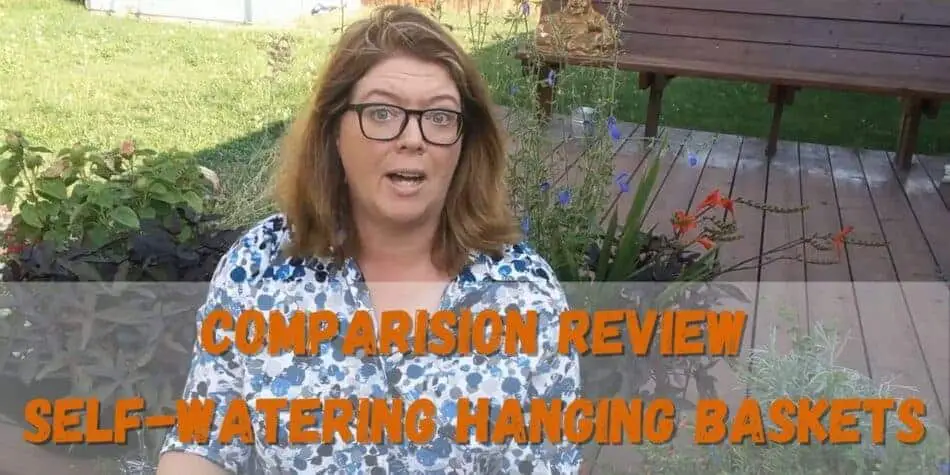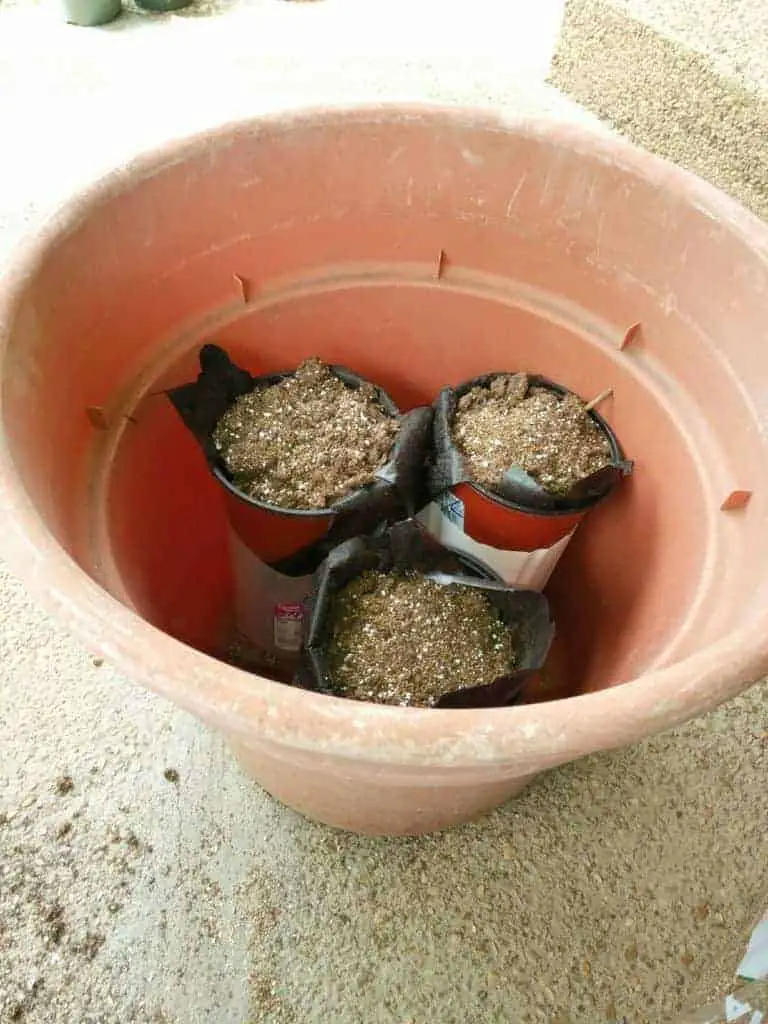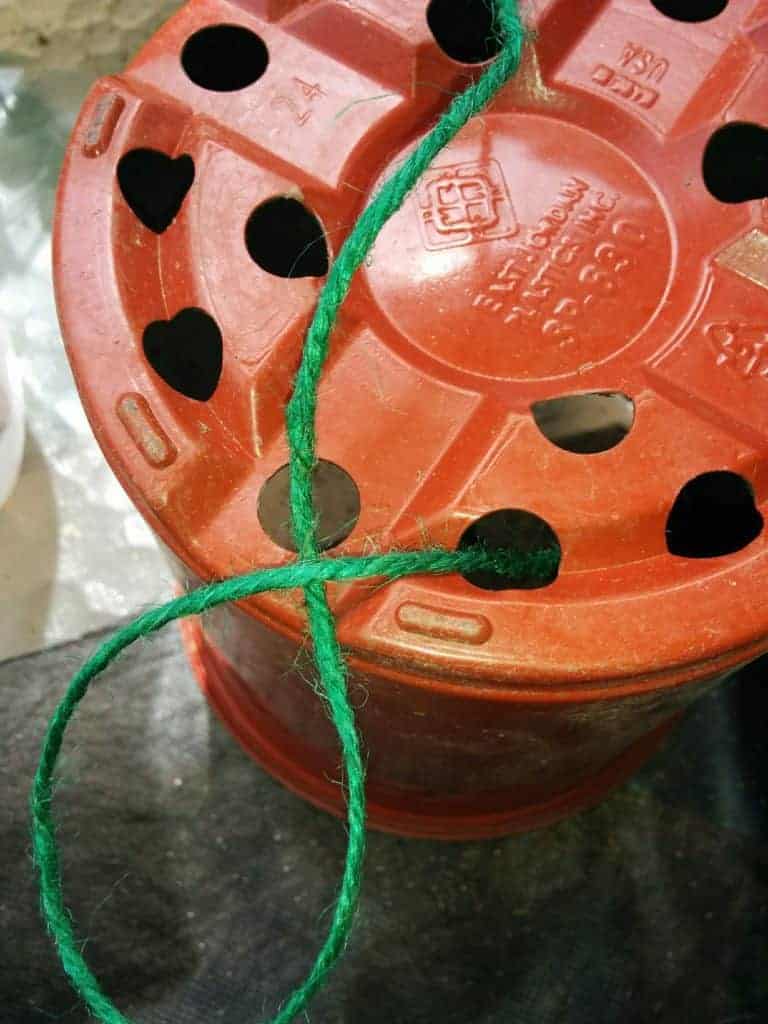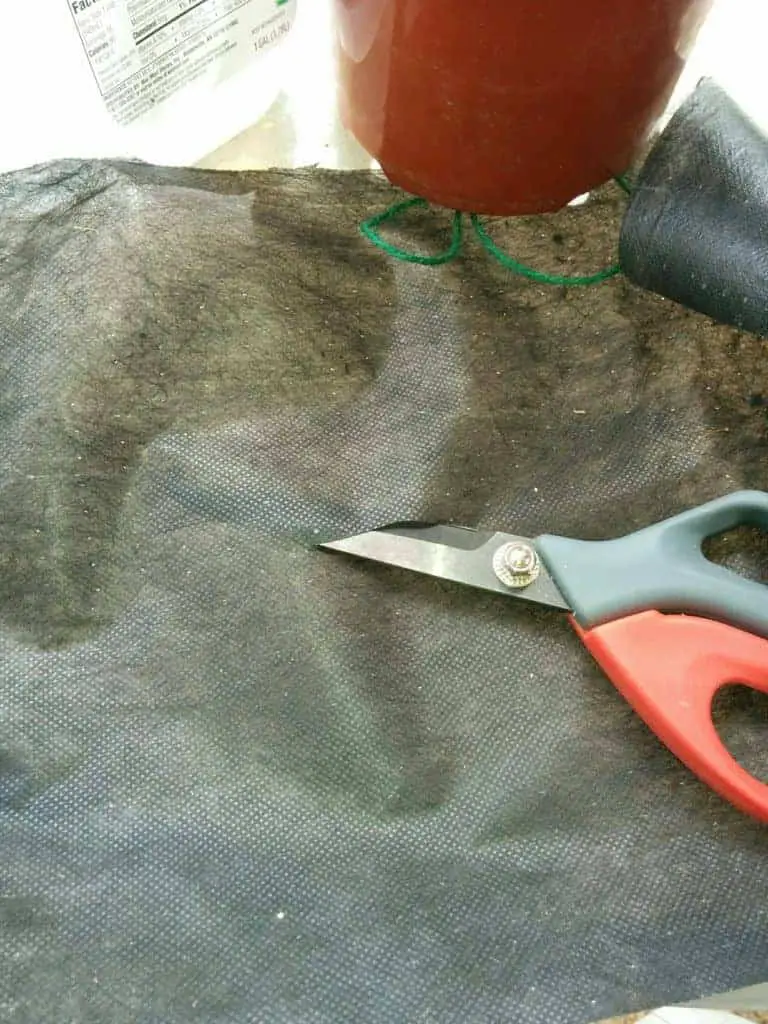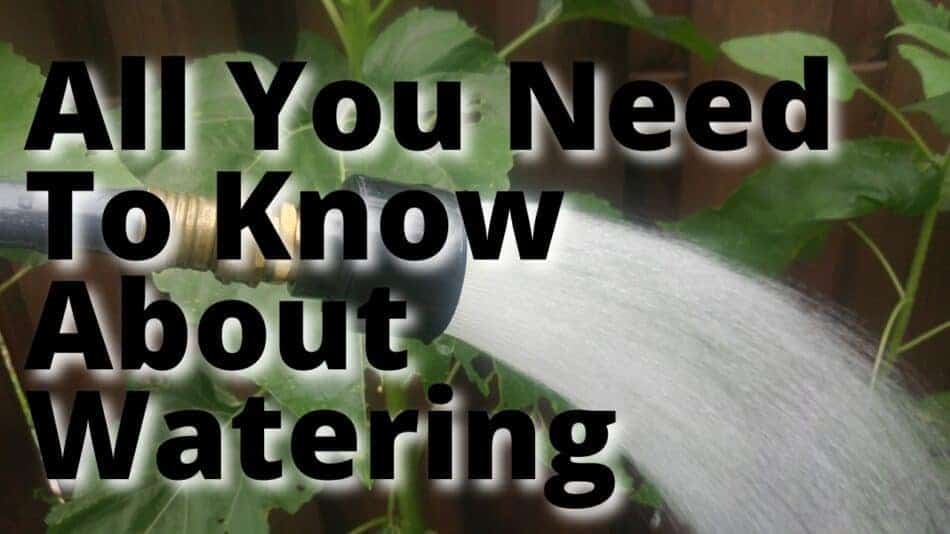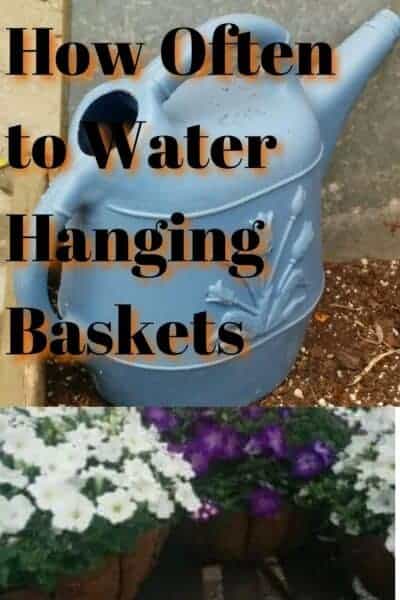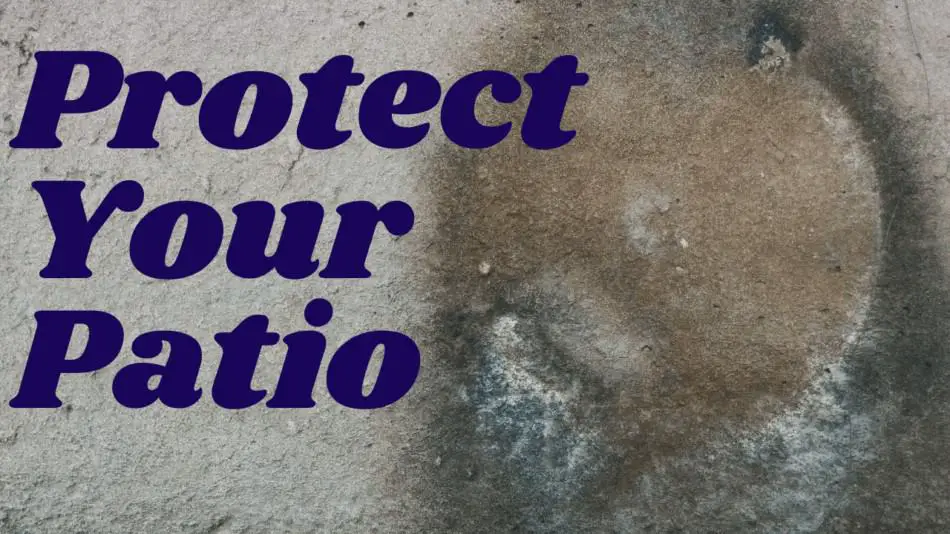Are you a pro rock in your pot advocate, or a staunch naysayer on the subject? For traditional pots, there are legitimate reasons to do either. For a self-watering container, whether you call it a sub-irrigated pot, self-watering container, or water reservoir planter there is a clear answer.
I have used several self-watering containers, understand the soil mechanics and how water moves through it. From this combination of education and experience I can tell you definitely that, Not only do self-watering planters not need rocks in the bottom, but rocks will interfere with the self-watering function of these planters. Do not line the bottom of this type of planter with gravel.
How sub-irrigated planters work and why gravel interferes with its function.
Self-watering pots have a reservoir of water and a wicking mechanism to bring the water to the plant roots only when it is needed before it goes dry. This happens through capillary action. Think about when you have a paper towel and just the edge is held into a cup of water, slowly you can see the water rise up the paper towel until the entire towel is wet, not just the bit actually touching the water. That is capillary action. It can happen with fabric, or paper, or even soil. See my article here testing several self-watering hanging baskets and you will see a few examples.
As mentioned, soil can also be used to wick the water up to the plant. An easy way to do this is to have a column of soil, gently compacted, into the water reservoir from the main potting soil area. This can be separated from the water reservoir by landscape fabric, or a plastic pot with very small holes drilled in it, large enough for the water to get in, but the soil not to get out.
If you put in gravel or rocks, it breaks the capillary action path, so the water can not get to the potting soil.
For my personal picks of self-watering planters, see this post here.
If you have planters with fabric wicks and add a layer of rock, the rocks will either fill up space in the water reservoir, reducing the volume of water it can hold and reducing the length of time the planter can go between filling the reservoir. Or, gravel will replace potting soil area, reducing the volume of potting soil the roots have to grow in, restricting plant growth, and reducing the amount of water the potting soil is holding, again reducing the time the planter can go between waterings. Which depends on where you place the layer of gravel.
When you can use rocks in a self-watering planter- make your own.
The rocks can help the container not to tip over. Click here to see a web story on how to build your own self-watering planter from a plastic tote. You can replace the tubing with a several-inch layer of gravel instead Lay a barrier of landscape fabric over the gravel, making a few valley indentations into the gravel so about 4 cups of the potting soil will set below water level to act as the wicking agent. Fill the tote above the fabric with potting soil.
Disadvantages to using gravel for this
Low water capacity
Heavy, difficult to move!
Gravel can be expensive
Consider the type of stone- If you are using limestone gravel, for instance, the water sitting in the reservoir will become alkaline (just like as if you added lime to raise the pH purposefully for the plant. Lime….limestone. Ahhh, I see you got it 🙂
Soil pH and Why Do You Care?
Why not just use pots without drainage holes?
A vital component of self-watering planters is the separation of the potting soil from the water reservoir. When the potting soil is not allowed to drain out of the container, the entire container of soil stays saturated, with all of the micro-air pockets full, literally drowning the roots. Even being careful with watering volumes to limit the amount of excess water build-up, it still sets up the perfect conditions for root rot. You are wanting a self-watering container to make your gardening easier, not more difficult by attempting to regulate the water volume in an undrained pot.
You can use gravel in an undrained pot to convert it to a self-watering planter if the rest of the self-water system is in place. Separation of the gravel area (water reservoir) from the potting soil, a method to allow capillary action from the water reservoir to the potting soil without saturating the potting soil, and a method to regulate the amount of water in the water reservoir.
Interested? Do some experiments and try different methods out yourself! Understand the concepts (or learn them as you are experimenting), and apply them in all sorts of interesting ways! Have Fun!
Do You want rocks in the bottom of those containers???? Click below for the answer, and why!
Speed dating for you and your plants 🙂
Related Questions:
Can you use self-watering planters indoors?
Self-watering planters are great to use indoors! There is less water spillage on your carpet or hardwoods. Most houseplants are tropicals that love the constant moisture self-watering planters provide.
Can you use self-watering planters for succulents?
Succulents and cactus do not grow well in self-watering planters. This is because succulents and cactus are designed for drought areas and demand soils that are sandy, gravelly, and do not hold moisture. These soils do not wick moisture as well either. You are either going to have them stay too wet and rot out the roots, or the soil will not wick and then there is no purpose in having a self-watering planter.
Do sub-irrigated planters cause root rot?
Sub-irrigated planters do not cause root rot unless you try and use them with plants that require the soil to dry out between waterings. Root rot in any plant shows there is a mismatch between the plant and its soil or the frequency of watering. Or the lack of drainage holes. A sub-irrigated planter is designed to keep the potting soil separate from the water reservoir to prevent waterlogging, and root rot. If any soil is in contact with the water reservoir it is a limited amount to act as the wicking agent to the bulk of the soil.
Do self-watering planters really work?
Yes, self-watering planters do really work. The further you move a plant from its natural habitat, the more work it requires, as you take on more to take care of it, such as putting a plant in a pot. The plant is now completely dependant on you for its watering needs. Self-watering planters do need to be used properly and assembled according to the directions, or a vital component to the automation process may be missed.
Self-watering planters are based on solid and tested scientific principles and are proven technology, but like any other technology, need to be used properly to work as designed.
